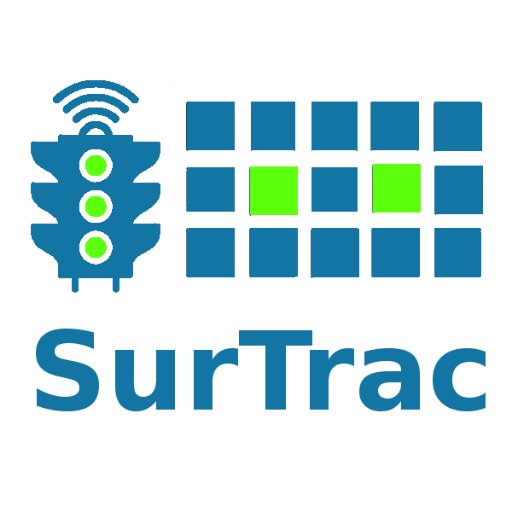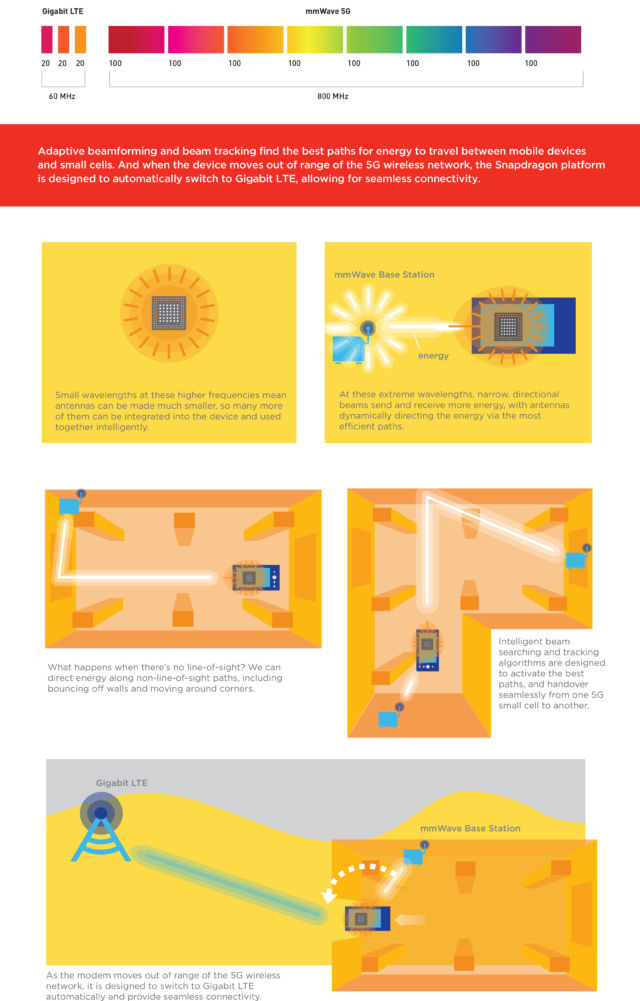As reported by The Verge: Tesla today rolled out a next-generation version of its autonomous driving hardware suite, which the company says the tech should be able to autonomously drive a Tesla from LA to New York, dropping a rider off in Times Square and then going to park itself.
But, before Teslas can start driving autonomously, the company needs to collect a lot of data to prove to customers (and regulators) that the technology is safe and reliable. So, the car will run Autopilot in “shadow mode” in order for Tesla to gather statistical data to show false positives and false negatives of the software. In shadow mode, the car isn’t taking any action, but it registers when it would have taken action. Then, if the Tesla is in an accident, the company can see if the autonomous mode would have avoided the accident (or the other way around, with the self-driving system potentially causing an accident).
It will record how the car would have acted if the computer was in control, including information about how the car might have avoided an accident (or caused one). That data would then be used to show “a material improvement in the accident rate over manually driven cars,” said Tesla CEO Elon Musk on a call with reporters today. “I think at that point regulators would be comfortable approving it.”
Musk said that he hopes the US will not end up with a patchwork of autonomous regulations across states, noting that the EU appears like it will have a unified standard. He hopes that Tesla’s collection of statistical data regarding potential autonomous vehicle actions — millions of miles across thousands of cars driving in the real world — will help regulators be comfortable enough to sign off on his self-driving vision.
“We look carefully at the regulations and make sure that what we do is in line with those,” Musk said. “We can’t do anything other than that because it would be against the law.”
Tesla also announced it is giving all its new cars the hardware for “full self-driving capabilities,” including 8 cameras with 360-degree viewing at up to 820 feet of distance, as well as 12 ultrasonic sensors that can detect both hard and soft objects. A new forward-facing radar helps see through rain, fog, and dust.
“The full autonomy update will be standard on all Tesla vehicles from here on out,” Musk says.
The updates are included in all new Tesla vehicles built from today forward — however, don’t expect your new Model X to be fully autonomous when you pick it up. Tesla says it needs to “further calibrate the system using millions of miles of real-world driving” before it hands your car fully over to a computer.
The updates are included in all new Tesla vehicles built from today forward — however, don’t expect your new Model X to be fully autonomous when you pick it up. Tesla says it needs to “further calibrate the system using millions of miles of real-world driving” before it hands your car fully over to a computer.
On the call about the new hardware, Musk said the hardware is fully capable of “Level 5 autonomy,” a big step forward.
Most significantly, new Teslas won’t have access to some safety features that older Teslas have, including automatic emergency braking, collision warning, lane holding, and active cruise control. The company says that these features will be activated after they are “robustly validated.”
“As always, our over-the-air software updates will keep customers at the forefront of technology and continue to make every Tesla, including those equipped with first-generation Autopilot and earlier cars, more capable over time,” said the Tesla statement.
In essence, it reads as though Tesla has put together a better, more powerful hardware system for these safety and autonomous driving features, but this new system isn’t going to be ready for real use right away. That’s a disappointing dip in the road, but apparently a necessary one.
Musk started off the call with a testy answer - defending Tesla Autopilot and laying into media outlets that don’t put the accidents that have happened from it into the proper context. Autonomous driving is so much safer, Musk argues, that outlets that put too much emphasis on the crash are “killing people.” He then added: “next question.”
Musk says that the “Tesla Neural Net” doesn’t require any third party hardware sensors, and that it’s based on the Nvidia Titan GPU (although it could run on other processors). He says that it’s 40 times more powerful than the last Tesla computer, “it’s basically a supercomputer in a car,” he said. “We go from one camera to eight cameras,” Musk said. Three of them are forward cameras, for redundancy, and the rest provide “360 coverage” for the rest of the car. The new Teslas will also have 360-ultrasonic sonar.
“I think is is very hard to turn into a kit,” Musk said, so it won’t be sold to other car makers. All the cameras and sensors he is talking about won’t cause “weird protuberances” or make the cars look funny.
Musk also promised a demonstration of a fully autonomous drive from Los Angeles to New York by the end of 2017. Musk largely begged off talking about what the regulation would or should be but he did note that the computer will “always be running in ‘shadow mode,’” so that he can build the case that his self-driving software would have been safer than human drivers.
Fully-autonomous Teslas are getting closer to reality. Yesterday, the electric carmaker announced that all new vehicles will come with extra hardware to support "full self-driving capabilities,” and this morning, the company posted a video showing exactly what that hardware can do.
The self-driving software is not finished and has yet to be approved by regulators, but the four-minute clip is nonetheless impressive, showing a Tesla leaving a garage, driving across town, and finding its own parking spot — all autonomously. There is someone sat in the driver's seat, as per current legal requirements, but they never touch the wheel. Tesla CEO Elon Musk, who posted the clip to Twitter, notes that the car is even smart enough to driver past a disabled parking spot, knowing it's not allowed to park there. He also highlighted the car's summon function:
Musk started off the call with a testy answer - defending Tesla Autopilot and laying into media outlets that don’t put the accidents that have happened from it into the proper context. Autonomous driving is so much safer, Musk argues, that outlets that put too much emphasis on the crash are “killing people.” He then added: “next question.”
Musk says that the “Tesla Neural Net” doesn’t require any third party hardware sensors, and that it’s based on the Nvidia Titan GPU (although it could run on other processors). He says that it’s 40 times more powerful than the last Tesla computer, “it’s basically a supercomputer in a car,” he said. “We go from one camera to eight cameras,” Musk said. Three of them are forward cameras, for redundancy, and the rest provide “360 coverage” for the rest of the car. The new Teslas will also have 360-ultrasonic sonar.
“I think is is very hard to turn into a kit,” Musk said, so it won’t be sold to other car makers. All the cameras and sensors he is talking about won’t cause “weird protuberances” or make the cars look funny.
Musk also promised a demonstration of a fully autonomous drive from Los Angeles to New York by the end of 2017. Musk largely begged off talking about what the regulation would or should be but he did note that the computer will “always be running in ‘shadow mode,’” so that he can build the case that his self-driving software would have been safer than human drivers.
Fully-autonomous Teslas are getting closer to reality. Yesterday, the electric carmaker announced that all new vehicles will come with extra hardware to support "full self-driving capabilities,” and this morning, the company posted a video showing exactly what that hardware can do.
The self-driving software is not finished and has yet to be approved by regulators, but the four-minute clip is nonetheless impressive, showing a Tesla leaving a garage, driving across town, and finding its own parking spot — all autonomously. There is someone sat in the driver's seat, as per current legal requirements, but they never touch the wheel. Tesla CEO Elon Musk, who posted the clip to Twitter, notes that the car is even smart enough to driver past a disabled parking spot, knowing it's not allowed to park there. He also highlighted the car's summon function:
When searching for parking, the car reads the signs to see if it is allowed to park there, which is why it skipped the disabled spot
All of this technology is a long way from being implemented, but it does raise some interesting questions. Like, what happens if you summon a Tesla on your phone while you are moving (say on a train, or in another form of transportation like a taxi) — will the car follow you round indefinitely, or will it only drive to the initial summon location? It's all to come.





















/cdn0.vox-cdn.com/uploads/chorus_asset/file/7223675/landing2.0.gif)